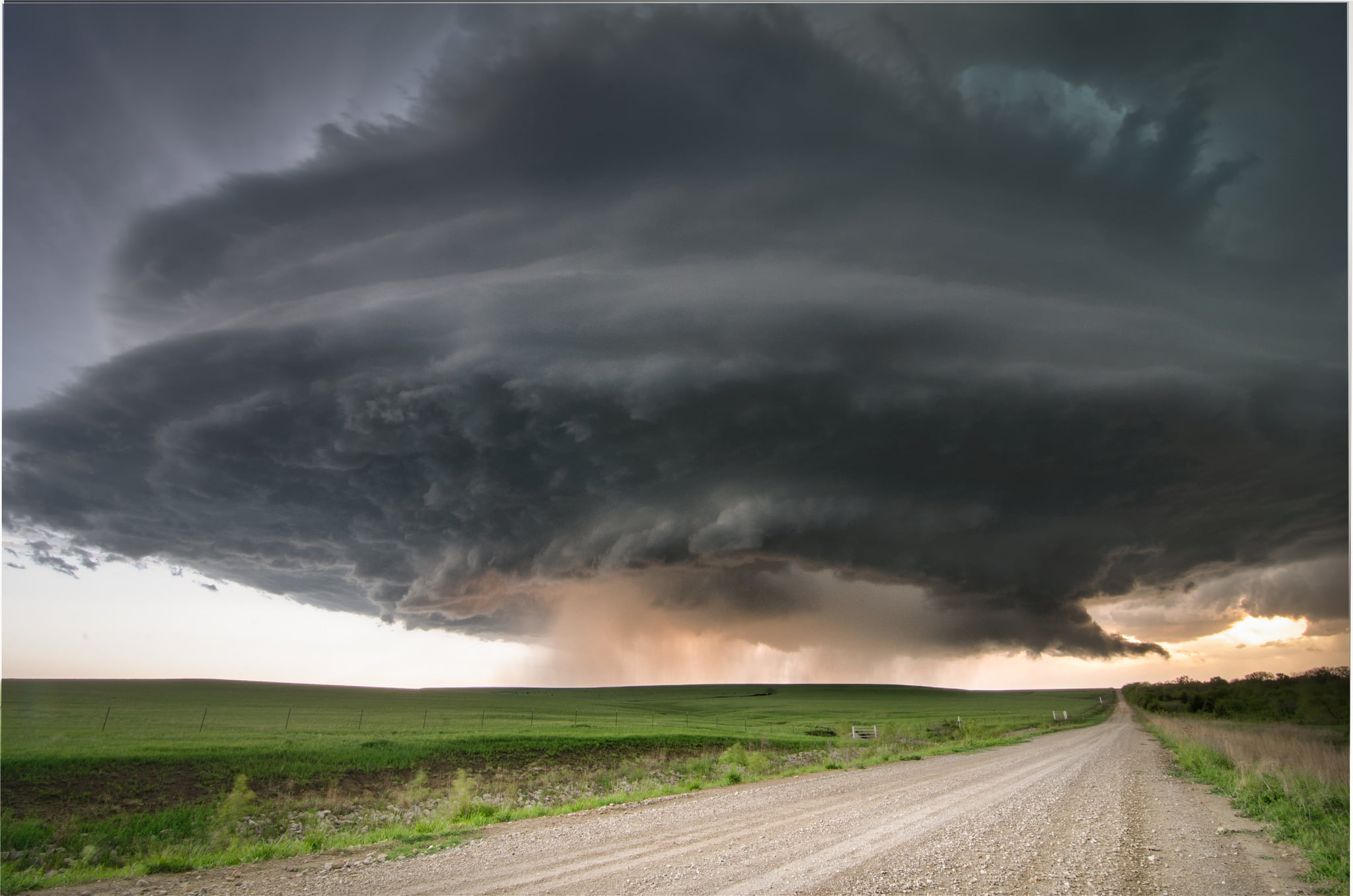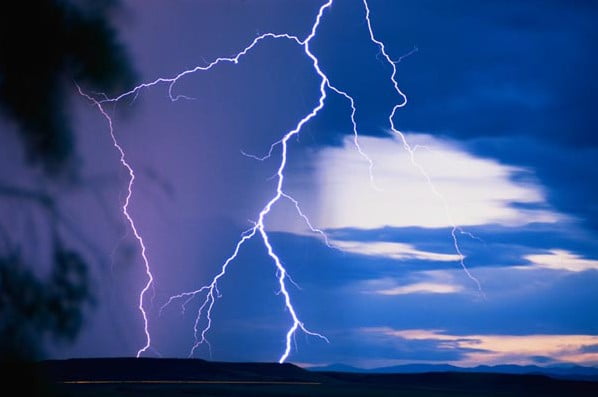Introduction
The UK Climate Projections (UKCP) are created to help the UK to plan for a changing climate. These projections are based on simulations done by supercomputers. The supercomputers make calculations of how different parts of the Earth’s climate such as the atmosphere, the oceans, the land surface and ice, will develop in the future. Together, these calculations are called a Global Climate Model (GCM).
The purpose of providing information on the possible future climate is to help those needing to plan for a changing climate. Their task might be helping society and the natural environment to adapt. Who do you think should need to make plans?
Figure 2 shows the projections of precipitation, Figure 3 shows the projections of sea level rise and Figure 4 projections of temperature change. There is a good deal of uncertainty in the projections shown in the figures; this exercise only uses the most likely change.
Obviously, changes in any of these climate variables may have an impact on different types of extreme weather hazards.
It is important to consider how the amount of change depends upon greenhouse gas emissions. This is why the UKCP graphics provide results for a range of future emission scenarios going from a situation where global emissions of greenhouse gases rapidly peak and decline towards the ambitious climate targets in the Paris climate agreement (low emissions), to a case where increased use of fossil fuels leads to higher greenhouse gas emissions.
The tasks in this exercise get you to use and interpret the state‐of‐the‐art UKCP projections. The tasks should also get you thinking about the scale of the climate change problem in the UK and how we can go about managing it.
Explore the UKCP projections at https://ukclimateprojections.metoffice.gov.uk/
Task 1
Take a look at the variables shown in Figure 2 – 4. Which of the variable(s) do you think is most relevant to the future occurrence of the following extreme weather hazards and why:
(a) Flooding, (b) Drought, (c) Heatwave, (d) Blizzard, (e) Storm surge
Task 2
Figure 5 is designed for you to record the likelihood of different types of extreme weather hazard occurring in each region of the UK in the 2080s. This likelihood, or risk, can be estimated using a numerical scale from 0 to 4 to denote no risk (0), low risk (1), medium risk (2), high risk (3) and very high risk (4). This number can then be recorded next to the appropriate hazard symbol in Figure 5.
But how do you estimate this risk? Well, firstly you need to look at Figure 1
(completed in Part I of this exercise). This will show you whether each region is currently at risk from particular hazards. Secondly, you need to use Figures 2 – 4 to estimate whether this risk is going to change by the time we reach the 2080s – is it going to be less, the same, mildly higher or severely higher than today. Finally use the table below to calculate the appropriate risk level from 0 to 4.

For example, Figure 1 should show that Wales is at risk from heavy rainfall in today’s climate. Figure 2 shows that winter weather is likely to be much wetter in Wales by the 2080s. Therefore, using the table above, the risk of heavy rainfall in Wales in the 2080s is 4.
When you have completed Figure 3, try to answer the following questions:
(a) How would you estimate the most hazardous region of the UK in the 2080s?
(b) Which region is it?
(c) The risk of which type of extreme weather hazard shows widespread decrease by the 2080s?
(d) Suggest how it might be too simplistic to estimate future extreme weather hazards in this way?
Task 3
The possible social and economic conditions associated with the high and low projections are given in the table below. As you can see, they are very different possible futures. Under the high scenario, energy production is fossil‐fuel intensive much like it is today. The low scenario assumes that the world finds solutions to economic, social and environmental sustainability.

(a) Which scenario do you think is most likely for (i) the UK and (ii) the world as a whole and why?
(b) Give reasons for how the conditions listed in the table above may lead to the climate changes shown in Figure 4 for the:
(i) Low scenario
(ii) High scenario
(c) Would a high or low scenario world be better prepared to cope with an
increase in the frequency and magnitude of extreme weather hazards?
Figure 2
These maps shows projected changes in UK precipitation by 2061-2080 with low, medium and high global greenhouse gas emissions.

Figure 3
Projected changes in sea level around the UK

Figure 4
These maps show the change in UK temperature by 2061-2080 with low, medium and high global emissions of greenhouse gases.

Figure 5
Extreme weather risks in the UK





